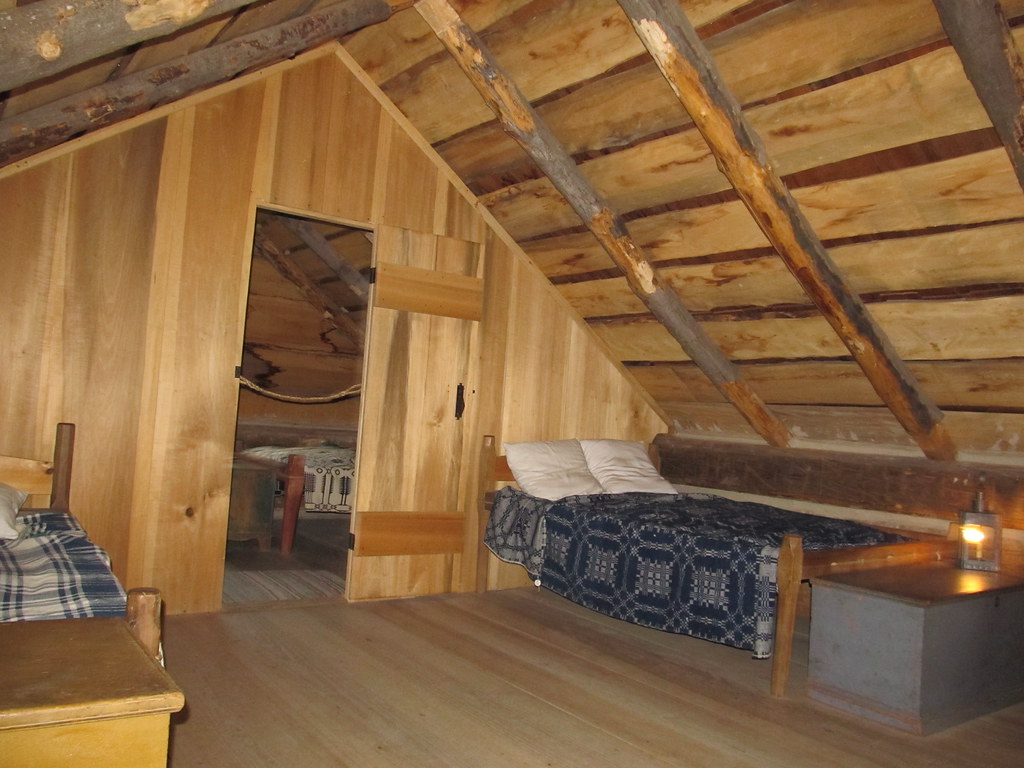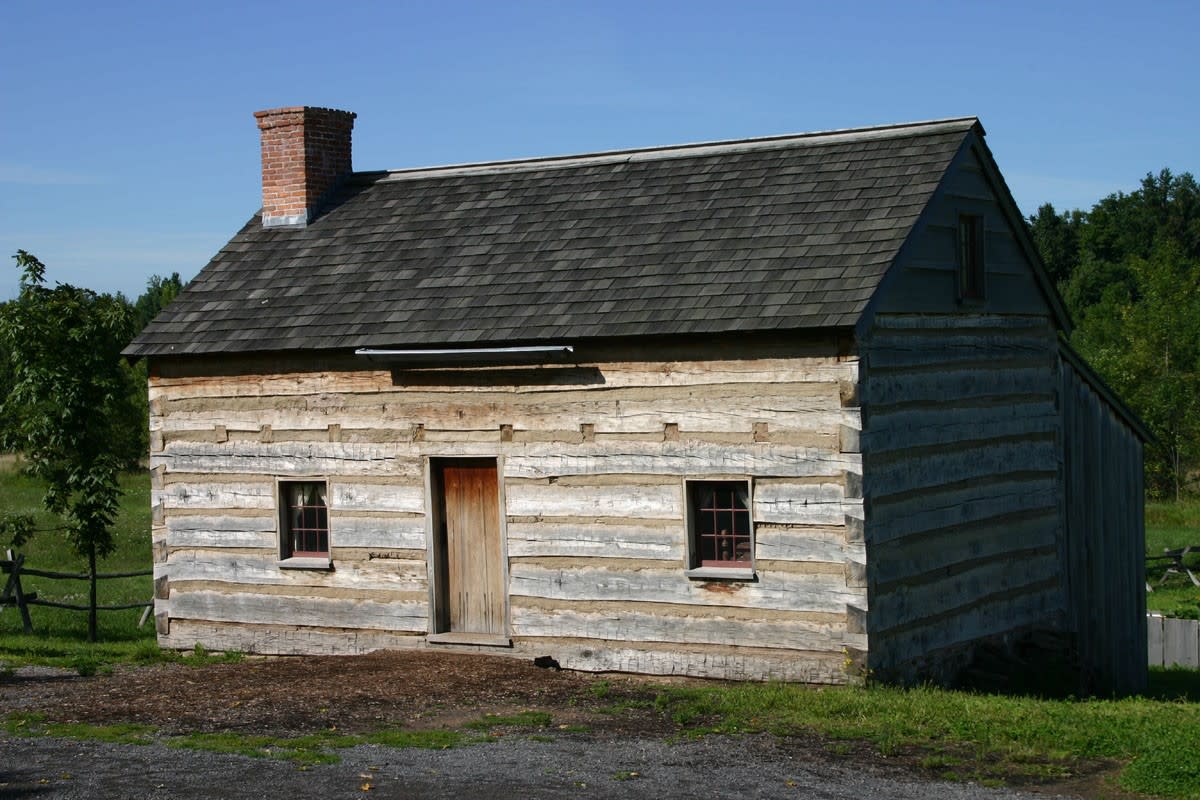Table of Content
Thus, in early October 1827, they moved to Harmony, with the glass box reportedly holding the plates hidden during the trip in a barrel of beans. An 1841 engraving of "Mormon Hill" , where Smith said he found the golden plates on the west side, near the peak. After the messenger departed, Smith said he had two more encounters with him that night and an additional one the next morning, after which he told his father and soon thereafter the rest of his family, who believed his story, but generally kept it within the family. He said there was a book deposited, written upon gold plates, giving an account of the former inhabitants of this continent, and the source from whence they sprang. He also said that the fulness of the everlasting Gospel was contained in it, as delivered by the Savior to the ancient inhabitants; also that there were two stones in silver bows—and these stones, fastened to a breastplate, constituted what is called the Urim and Thummim—deposited with the plates". From about 1819, Smith regularly practiced scrying, a form of divination in which a "seer" looked into a seer stone to receive supernatural knowledge.

In November 1826, Hyrum and his new bride, Jerusha Barden, moved here and lived in the old family log home until the fall of 1830. In many ways, this frame home is a memorial and a reminder of the appreciation, love, and admiration that Alvin Smith had for his father and his mother. Josephjsmithfuneralhome.com needs to review the security of your connection before proceeding. Test Tube Babies tells the story of doctors, researchers, and hopeful couples who pushed the limits of science and triggered a technological revolution in human reproduction. Lacking wagons and horses, some migrants pull hand-carts across the rough terrain. The convoy endures bitter cold at first, then debilitating mud brought on by spring rains.
Smith Family Farm
When their creditor foreclosed, the family persuaded a local Quaker, Lemuel Durfee, to buy the farm and rent it to them. Nevertheless, in 1829, the Smiths and five of their children moved back into the log house, with Hyrum Smith and his wife. Harris had apparently been a close confidant of the Smith family since at least 1826, and he may have heard about Smith's attempts to obtain the plates from the angel even earlier from Smith Sr. When Lucy visited Harris, he had heard about Smith's report to have found golden plates through the grapevine in Palmyra, and was interested in finding out more.
“These paintings are there to orient people to the spiritual significance of events that occurred on this site,” he said. The farm—located in the townships of Palmyra, Wayne County and Manchester, Ontario County, New York—includes the Sacred Grove, the Smiths' restored frame home, and a reconstructed log home. The farm site passed into ownership of the Church of Jesus Christ of Latter-day Saints in 1915, and in the 1990s, the church restored the frame home, reconstructed the log home, and built a welcome center. Replica of the Joseph Smith Sr. home, built on the site of the original log house near Palmyra, New York.
RELIGIOUS CLIMATE
Like his father, the younger Smith reportedly had his own set of visions, the first of which occurred in the early 1820s when Smith was in his early teens and is called by Latter Day Saints the First Vision. The first description of this event was not published until 1832, which said the event occurred in 1821; however, most accounts date the event to the year 1820. The details of the theophany have varied as the story was retold throughout Smith's life.
Joseph Smith (December 23, 1805 – June 27, 1844) was an American religious leader and the founder of the Latter Day Saint movement whose current followers include members of the Church of Jesus Christ of Latter-day Saints, the Community of Christ, and other Latter Day Saint denominations. The early life of Joseph Smith covers his life from his birth to the end of 1827. Malm, Christensen’s counterpart from Cache Valley, Utah, has been painting for about 27 years. He added that he hopes the paintings serve as a “springboard” for people to ponder on what happened at those sites. Four new paintings depicting early events of the Restoration have been on display at the Sacred Grove Welcome Center since March 2020. After a period of investigating a variety of Christian faiths, however, she had decided that they did not provide the kind of devotional depth and biblical concordance she was looking for.
Treasure hunting
The era when Joseph Smith Jr. was living in the Palmyra, New York, area has come to be known in history as the Second Great Awakening, which flourished in the United States between the 1790s and the 1840s. The farm was purchased by the LDS Church in 1907 and passed into its care in 1915. The grove of trees on the site where Joseph Smith was assumed to have had his First Vision became a pilgrimage site, and centennial celebrations were held there in 1920.
His sister Katharine is shown helping Joseph place the plates on the table, while his mother, Lucy Mack Smith, is at her side. The paintings depict four key Restoration events that took place on the site and are displayed in a new exhibit in the Welcome Center, to the right of the panoramic window offering an expansive view of the Smith farm. They were installed in March 2020, shortly after Church historic sites closed due to COVID-19.
A number of family members fell ill, and Joseph experienced a common complication whereby typhoid bacteria infected bone, in Smith's case, the shin bone. After the typically horrific early nineteenth-century surgery without either anesthetic or antiseptic, Smith eventually recovered, though he used crutches for several years and had a slight limp for the remainder of his life. The painting of Joseph Smith bringing home the gold plates from the Hill Cumorah portrays the involvement of his family, West said.

Joseph Smith Sr., his wife Lucy Mack Smith, and some of their children moved from Norwich, Vermont, to Palmyra, New York, in 1816. In 1818 or 1819, the family built a log home near property owned by the estate of Nicholas Evertson of New York City, but did not enter a purchase agreement for the land until a land agent had been appointed in 1820. Smith, Sr. agreed to pay the Evertson estate between $600 and 700 for the 100-acre (0.4 km2) farm. In 1825, the family moved into a larger and more comfortable frame home that they had built on the property but were unable to make payments on the land. A carpenter who had completed the house sued the Smiths for his costs in February 1825.
She therefore sought after, and succeeded in finding, a minister who would baptize her without requiring attachment to any specific denomination.7 Later—during the highly charged revival activity of 1820—she and three of her children formally joined the Presbyterian church. I snapped my photos, said thank you to the ladies, and we left for the Hill Cumorah site. My parents were seeking God, and considered joining the Mormon Church at that time. Just south of the small town of Palmyra, in Wayne County, NY, is the small site dedicated to Joseph Smith, founder of the Mormon religion. The site was very barren and foreboding on a blustery February when we visited.

Joseph Smith Sr. confessed in 1834, "I have not always set that example before my family that I ought." Later, Joseph Smith Sr. told Hyrum he had "been out of the way through wine." Bushman (2005, p. 42) (noting that Smith's drinking was not excessive for the time and place). Vogel frankly calls Smith Sr.'s difficulty "low self-esteem and alcoholism."Vogel (2004, p. xx). An 1893 engraving of Joseph Smith receiving the golden plates and the Urim and Thummim from Moroni.
It is unclear who, if anyone, Smith told about his vision prior to his reported discovery of the golden plates in 1823. According to Smith, he told his mother at the time that he had "learned for self that Presbyterianism is not true"; however, mention of this conversation is omitted from Lucy's own history, and Joseph never stated that he described the details of the vision to his family in 1820 or soon thereafter. He did say that he spoke about the vision with "one of the Methodist preachers, who was very active in the before-mentioned religious excitement". Many have presumed this to be the Rev. Lane, but there is no record of Lane visiting the Palmyra vicinity in 1820.
The Smith family lived here for less than five years, from 1825 to the spring of 1829. During that time the Prophet Joseph Smith continued to be tutored and prepared to receive the Book of Mormon plates. It was to this home that the Prophet brought the Book of Mormon plates after he received them on from the Hill Cumorah on September 22, 1827. Months after settling in Ohio, Joseph Smith declares that Independence Missouri was the site of the Garden of Eden and will become a "New Jerusalem." Missionaries there establish a printing press and publish the westernmost American newspaper,The Evening and Morning Star. Smith's revelations -- many printed in the paper -- stress that Mormons are entitled to their land and should secure it by force if necessary. The money provided by Harris was enough to pay all of Smith's debts in Palmyra, and for him to travel with Emma and all of their belongings to Harmony Township, Susquehanna County, Pennsylvania, where they would be able to avoid the public commotion in Palmyra over the plates.
This table is depicted in the painting of Joseph Smith bringing the plates home from the Hill Cumorah. Artists Michael Malm, left, and Linda Curley Christensen, are pictured in the Smith Family Frame Home in Palmyra, New York, in December 2019. The home is featured in the artists’ painting of Joseph Smith bringing the plates home from the Hill Cumorah. Many who have virtually toured the Sacred Grove and Smith Farm in Palmyra, New York, in recent months may have seen four new paintings recently commissioned by the Church. The home is featured in the artists’ painting of Joseph Smith brining the plates home from the Hill Cumorah. This table is depicted in the painting of Joseph Smith brining the plates home from the Hill Cumorah.

Thus, on September 22, 1823, a day listed in local almanacs as the autumn equinox, Smith said that he went to a prominent hill near his home, and found the location of the artifacts. There are varying accounts as to how Smith reportedly found the precise location of the golden plates. In 1838, Smith stated that this location was shown to him in a vision while he conversed with Moroni. This conforms to an account by Smith's friend Joseph Knight Sr., though he refers to Smith's guide only as "the personage." However, according to a Palmyra resident Henry Harris, Smith told him he located the plates using his seer stone. In yet another account, the angel required Smith to follow a sequence of landmarks until he arrived at the correct location.

No comments:
Post a Comment